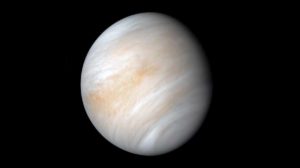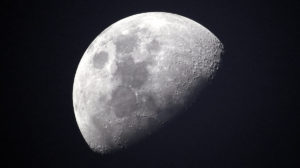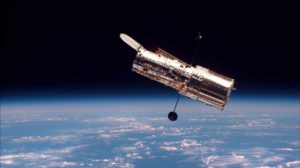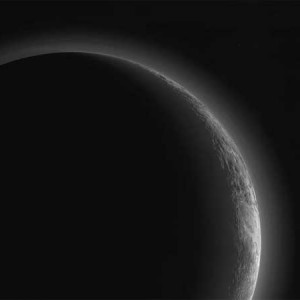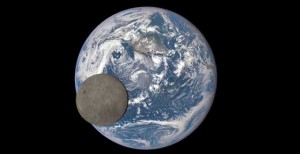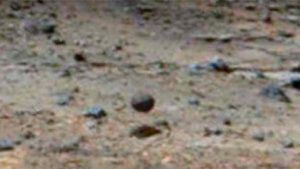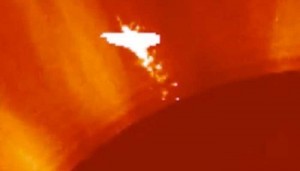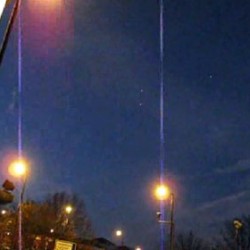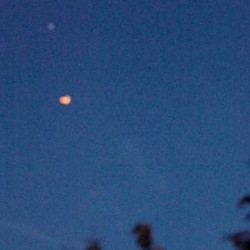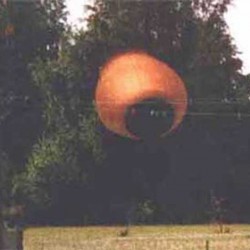The Space Shuttle Discovery has made its final 5.4km (3.4-mile) crawl to the Kennedy Space Center’s Launch Pad and is now being made-ready for its final flight, which is currently scheduled to begin on 24 February.
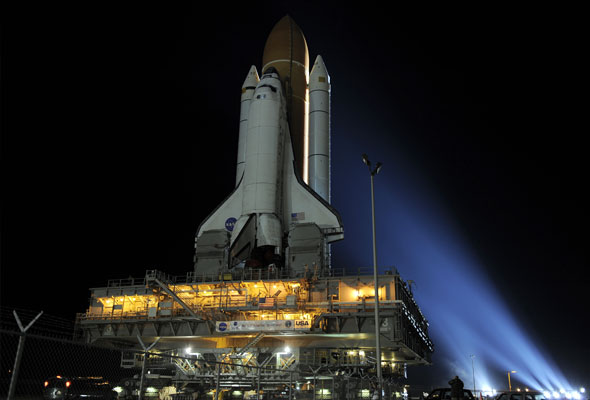
During Discovery’s final spaceflight, the crew members will take important spare parts to the International Space Station along with the Express Logistics Carrier-4.
ExPRESS Logistics Carrier (ELC) is an unpressurized attached payload platform for the International Space Station (ISS) that provides mechanical mounting surfaces, electrical power, and command and data handling services for science experiments on the ISS. (“ExPRESS” stands for Expedite the Processing of Experiments to the Space Station).
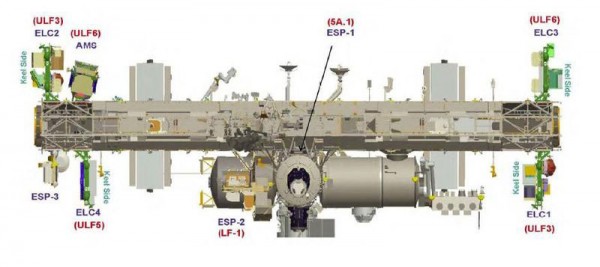
ELC-1
ELC-1 is located on the P3 truss.
- Ammonia Tank Assembly (ATA)
- Battery Charger Discharge Unit (BCDU)
- Latching End Effector (LEE) for Canadarm2
- Control Moment Gyroscope (CMG)
- Nitrogen Tank Assembly (NTA)
- Pump Module (PM)
- Plasma Contactor Unit (PCU)
- Two empty Passive Flight Releasable Attachment Mechanisms (PFRAM)
ELC-2
ELC-2 is located on the S3 truss.
- High Pressure Gas Tank (HPGT) (Oxygen)
- Cargo Transport Container (CTC-1)
- Mobile Transporter Trailing Umbilical System Reel Assembly (MT TUS-RA)
- Control Moment Gyroscope
- Nitrogen Tank Assembly
- Pump Module
- MISSE attach hardware and one empty site for future payloads
ELC-3
- High Pressure Gas Tank (HPGT)
- Ammonia Tank Assembly (ATA)
- S band Antenna Sub-System Assembly #2 & 3 (SASA)
- Special Purpose Dextrous Manipulator (SPDM) Arm with Orbital Replacement Unit change-out mechanism
- Space Test Program Houston 3 Department of Defense payload
- ELC pallet controller avionics box
ELC-4
- Heat Rejection System Radiator (HRSR) Flight Support Equipment (FSE)
- ExPRESS Pallet Controller Avionics 4 (ExPCA #4)
- Flex Hose Rotary Coupler (FHRC)
- Cargo Transportation Container-4 (CTC-4)
ELC were formerly called “Express Pallet” and is the unpressurized counterpart to the pressurized ExPRESS Rack. An ELC provides scientists with a platform and infrastructure to deploy experiments in the vacuum of space without requiring a separate dedicated Earth-orbiting satellite. ELCs interface directly with the ISS integrated truss Common Attach System (CAS).
Source, NASA, Wikipedia, more info on the research carried out on the ISS can be found here: Scientific research on the ISS.


